Camera lens filters can generate fascinating results if you want to take your photography one step further. Together with a camera, lenses, and tripod, lens filters is a fundamental part of a photographer’s equipment, and are essential in many disciplines such as landscape photography.
In this guide to camera lens filters, you will find the following information:
- What is a lens filter?
- Use of filters in photography
- Type of lens filters
- How to set photography filters
- How and when to use filters in photography
- Best lens filters for photography
To finish, I’ll provide a guideline on taking care of your filters, and end with some concluding remarks that I hope will encourage you to experience all the creative possibilities that they may offer.
WHAT IS A lens FILTER?
Before diving into more details about kinds and uses, let’s first discuss what a photography filter is.
Lens filters are accessories that can be placed on our lens to protect it, manage lighting, or produce specific effects such as changing colors.

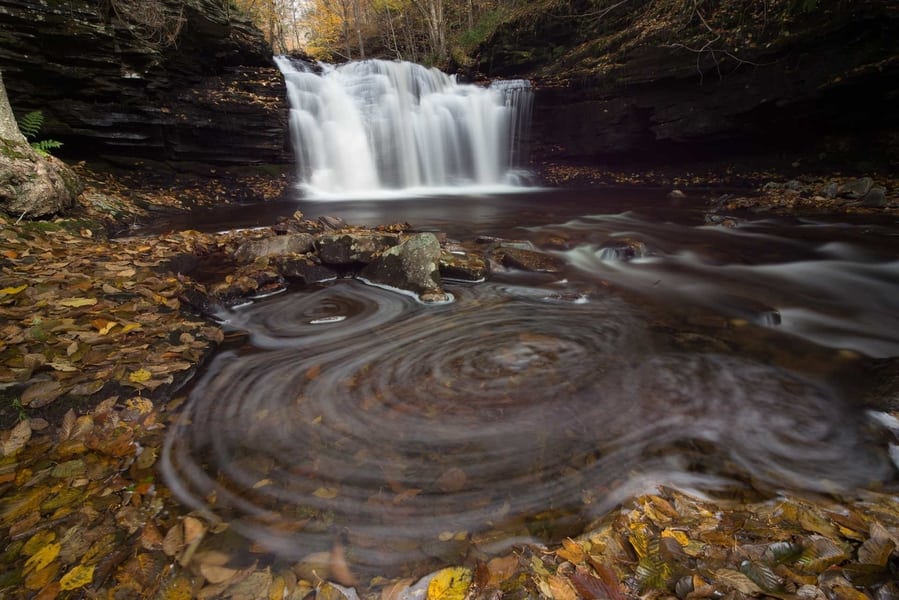
ND 6 stops filter + Circular Polarizer filter. f/11, ISO 100, before shot 1/5 sec., after shot 30 sec.
Keep in mind that these filters are not to be confused with digital filters used to edit images in Lightroom or Photoshop, such as Nik Collection filters.
We can find lens filters in different shapes, sizes, and materials depending on their function and the result that we want to achieve.
USE OF FILTERS IN PHOTOGRAPHY
The function of photography filters will depend on each type of filter.
In most cases, lens filters will be used for protecting the lens from falls or scratches. In other occasions, they are used to control the light of the scene and to create specific effects, such as eliminating colors, reducing reflections, etc.
FILTERS FOR LANDSCAPE PHOTOGRAPHY
Lens filters play a fundamental role in long exposure landscape photography where we rely on natural light conditions to capture images. The use of specific filters can help us achieve results that are often difficult through editing and processing.
Specifically, the use of filters in landscape photography achieve the following:
- Control the light of the scene – in most cases, filters reduce the amount of light that hits the sensor. In others, they polarize the light.
- Manage the color of our image, through filters that produce dominant colors by changing the hue of our images.
Type of Lens Filters
In this section, we will breakdown different types of photography filters by function.
As you will see, there are many filters that can be used in photography. These are the main types of camera lens filters in a nutshell:
MAIN LENS FILTER TYPES
- UV filters: Their main function is to protect the lens against scratches, water or dust.
- Neutral density filters (ND): They help to control the light that hits the sensor, subtracting light according to the opacity of the filter. Within Neutral density filters, we will find different types depending on the way the light is subtracted.
- Polarizing filters: They polarize the light that reaches the sensor, eliminating undesired reflections, haze and saturating colors naturally.
- Color filters: To change the tone or saturation of the image.
- Night filters: Aimed at eliminating the light pollution of the scene.
- Macro filters: They act as a “magnifying glass”, allowing macro photographs.
- Infrared filter: This filter allows to simulate the effect of taking infrared images.
- Special effects filter: They help to simulate effects such as warm light filters or “Skylight”, fog or stars.
Now we will dive deeper into the main camera filter Types:
1. UV FILTERS (protection FILTERS)
UV filters (also known as protection filters) have the sole function of protecting the lens against damage such as dirt, dust, and water.
We avoid using these types of filters as they can reduce overall image quality by reducing sharpness and create side effects such as “flares.” Using basic precautions while shooting should be enough to keep our lens protected.
2. NEUTRAL DENSITY FILTERS (ND FILTERS)
Neutral Density filters, also known as ND filters, is one of the essential filters used in landscape photography.
They help manage light conditions by reducing the amount of direct light reaching the camera sensor (exposure) without altering the colors or the contrast of the image.
Depending on the amount and the way they subtract light, these would be the main types of neutral density filters:
- Solid Neutral density filters(ND): They subtract light uniformly throughout the entire filter.
- Graduated neutral density filters(GND): They subtract light as a gradient from one edge to the middle of the filter.
- Reverse graduated ND filters (RGND) : They subtract light as a gradient form from the middle towards the edge.
- Variable neutral density filters: It consists of two polarizers together that depending on the rotation will subtract more or less amount of light.
Talking in-depth about the Neutral Density filter types:
SOLID NEUTRAL DENSITY FILTERS
Solid ND filters reduce the same amount of light (exposure value) throughout the entire filter. Its main function is to increase exposure time, thus using a slower shutter speed without affecting ISO or aperture. Most are made of glass, so they don’t create side effects like vignette or color casts.
The filters are classified by the number of stops they reduce:
ND | 0.6 | 0.9 | 1.2 | 1.5 | 1.8 | 2.1 | 2.4 | 2.7 | 3.0 |
|---|---|---|---|---|---|---|---|---|---|
Stops | 2 | 3 | 4 | 5 | 6 | 7 | 8 | 9 | 10 |
% | 25 | 12.5 | 6.25 | 3.125 | 1.563 | 0.871 | 0.391 | 0.195 | 0.1 |
The most common ones are as follow:
- 3-stop neutral density filter (ND 0.9): Reduces the equivalent of 3 stops of light, used when we only want to control a small amount of light in the scene.
- 6-stop neutral density filter (ND 1.8): A greater amount of light can be blocked, ideal for sunrises or sunsets when light conditions are softer.
- 10-stop neutral density filter (ND 3): Reduce a considerable amount of light. We will use this filter during harsh light conditions and long exposures during daytime.
GRADUATED NEUTRAL DENSITY FILTERS
Graduated ND filters reduce light in a gradient across the filter. At one edge of the filter, a certain number of light stops are reduced (which follow the same nomenclature as uniform ND filters) and no blocked light on the opposite side.
Gradient filters can be made of glass, though usually made of resin, and classified according to the type of gradient:
- Soft-Edge Graduated Neutral Density Filters: Light degradation will be smooth from one edge to the middle of the filter. Perfect for scenes where we want to remove light just in the area of the image, like the sky, for instance.
- Hard-Edge Graduated Neutral Density Filters: They create the same overall effect as the soft gradient but with a more pronounced light degradation. They are used in images with significant contrasts of light such as seascapes, especially when the sun is in the frame.
- Neutral Density Blender filter: Acts similarly to a graduated filter with the difference of not degrading light from one edge to the center, but from one edge to the other extreme of the filter. Useful in scenes when light also reflects in the lower section of the frame, like wet rocks in a coastal scene.
REVERSE GRADUATED NEUTRAL DENSITY FILTER
Reverse graduated ND filters act in the same way as graduated ND filters, but instead of blocking light in gradient from one edge to the center of the filter, it removes light from the center of the filter gradually towards the edge.
It is mainly used in sea photography when the sun is near the horizon.
VARIABLE NEUTRAL DENSITY FILTERS
This circular filter consists of two polarizing filters that remove more or less amount of light as we rotate it.
Although it is technically polarizing filters put together, it is included with the ND filters family since its primary function is to block light (usually between two and eight light stops).
This type of filter is not very common and are primarily used in videography, although some photographers use it in landscape photography.
3. POLARIZING FILTERS
As its name suggests, polarizing filters are used to polarize the light reaching the sensor to achieve the following:
- Saturate and contrast the final image with a natural looking finish.
- Eliminate glare from reflective surfaces being photographed.
There are two types of polarizing filters: Linear and circular (refer to the way they polarize light, not to the shape of the filter).
Today, mostly CPL (Circular polarizing) filters are used because they polarize light much more uniformly. Also, keep in mind that light is not always polarized in the same way:
- The most efficient point of polarization occurs when the light source is located laterally at about 90°.
- During sunrises or sunsets when light falls on only one side to a very low degree, these filters will not be useful, since they will polarize only part of the scene.
- The polarizing effect is not uniform, so we will have to rotate the filter until desired results are achieved.
- We must pay attention to the wider angles as it is possible that only part of the image is being polarized.
The polarizing filter can also produce side effects. For example, it can filter out rainbow or fog from an image that was meant to be included.
Keep in mind you can create similar effects (i.e. contrasts and saturation) created by a polarizing filter in Photoshop, with some exceptions such as creating or removing reflections. This makes the CPL essential in landscape photography.
To me, it’s also my favorite filter for fall photography, and it’s 90% of the time attached to my lens when I’m shooting the fallen leaves and forests.
4. COLOR lens FILTERS
Colored photography filters are used to modify hue, saturation, and color of an image.
These filters were very popular prior to the digital photography era, especially with black and white film, where they were used to enhance an image with certain color undertones.
However, with advances in digital photography and editing, these filters are barely used today.
If you ever see gel filters, many of them were used to alter colors of an image via the properties of this material.
5. NIGHT PHOTOGRAPHY FILTERS
Although it may sound strange, there are night photography filters. Many of them were developed recently to mitigate light pollution and capture more natural night colors.
The gel filters that we just spoke about can also be used with flash to obtain desired colors in night photography.
6. CLOSE-UP FILTERS OR MACRO FILTERS
It may surprise you, this filter enables macro photography images without a macro lens.
They are circular and work like a magnifying glass, enlarging the image thus providing focus on elements that would otherwise be impossible without.
7. SPECIAL EFFECTS PHOTOGRAPHY FILTERS
There are also other “special effects” photography filters, including:
- Infrared filter
- Skylight filter
- Enhancer filter
- Star filter
- Fog filter
Most of these filters have become obsolete as you can easily achieve similar effects in Photoshop through editing and processing filters such as Nik Collection filters or Luminar filters.
HOW TO SET lens FILTERS
There are different ways to attach filters to our lenses to fulfill desired functions.
ATTACHMENT OF PHOTOGRAPHY FILTERS
There are two main types of filters based on shape and means of attachment to lenses:
- Screw on/Circular photography filters: These are screw on round filters that are the same size as the lenses they attach to, without the use of additional adaptors.
- Square and Rectangular photography filters/filter holder system: These square or rectangular shaped filters attach to the lenses either through an adapter ring or filter holder.
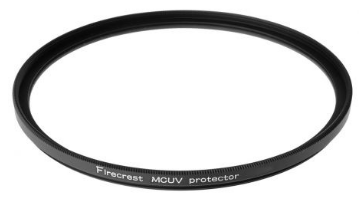 |
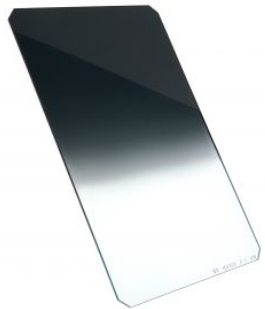 |
| CIRCULAR FILTER | SQUARE FILTER |
| Easy to use without any filter holder. | Filter holder required. The handling can be more complicated at the beginning. |
| Attachment to the lens with no residual glare. | Residual light may occur when taking long daytime exposures. |
| Economic price | Usually more expensive due to the number of parts involved: larger filters, filter holders, and adapter rings. |
| Smaller size and weight. | Bigger size and weight. |
| Less versatile when we need to move the filter (for example in graduated). | More versatile, with better handling of our filters. |
| We cannot use different filters at the same time. | They usually consist of two or more filter slots, enabling the use of several filters at the same time. |
| Possible side effects like vignette in the corners. | They usually reduce the appearance of vignette in our image. |
lens FILTERS ADAPTERS
When we add a filter to our photography equipment, either a circular filter or square filter, that filter can be used for a specific lens with a determined diameter. If we want to use this filter with other lenses, we need an adapter for circular filters and different adapter rings for square/rectangular filters.
For circular filters, consider buying wider ones and adaptors to use on narrower lenses (does not work the other way around with wider lenses and narrower filters). That way, you will not have to purchase new filters when you upgrade to wider lenses.
HOW AND WHEN TO USE FILTERS IN PHOTOGRAPHY
HOW TO USE FILTERS IN PHOTOGRAPHY
The use of filters in photography requires some basic knowledge to make the most of your filters.
In fact, using filters incorrectly can be counterproductive. Some unintentional side effects include residual glare, flares, and stains.
Here are some basics on using lens filters:
- The first one is very simple: Clean them as much as possible before a session.
- Density filters that block a great amount of light, consider two essential steps before setting the filter:
- Decide on the composition that you are going to photograph.
- Focus. With the filter on, many cameras struggle to or simply cannot focus when they don’t receive enough light. To mitigate that, first set your focus mode in auto without a filter, then change to manual focus before setting the filter. This is one of the best tips for focusing in photography.
- If you use square filters and filter holders, make sure that it is completely attached to the camera to prevent residual light from reaching the sensor.
- When taking long daytime exposures, close the camera viewfinder (not applicable to mirrorless) so that no light hits the sensor.
- If we use several filters in the filter holder at the same time, it is advisable to cover gaps between filters and the sides of the filter holder. Quality brands design their filters and filter holders to reduce as much residual light as possible.
- If we take landscape photography with a tripod, it is vital to not to move the filter once it’s set, since any vibration will reduce the final image quality. If moving a filter is necessary, always do it before/after taking the picture.
- There are many creative and alternative ways to use filters beyond the ordinary. If you like experimenting, try some of them: spreading Vaseline on a UV protection filter to create blurry effects.
WHEN TO USE FILTERS IN PHOTOGRAPHY
It is essential to have a clear idea about different types and uses of filters, but it is key to know precisely when to use them. In the end, light conditions fundamentally determine how we would make the most out of our filters.
Generally, we will use filters on the following occasions:
- Create a silky water effect: Through a neutral density filter, we can achieve a greater visual impact in our images.
We can capture more dynamic “motioned” images of waterfalls, rivers, coasts, and other bodies of flowing water using a 3 or 6 stops ND filter, for example, in seascape photography. Exposure time will depend on lighting and the scene, but generally between 0.5 to 2 seconds.
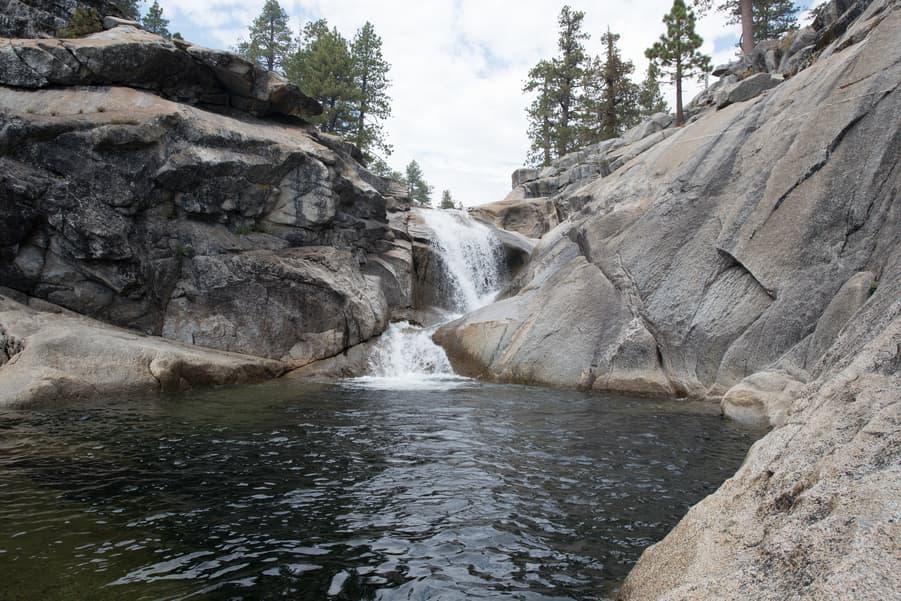
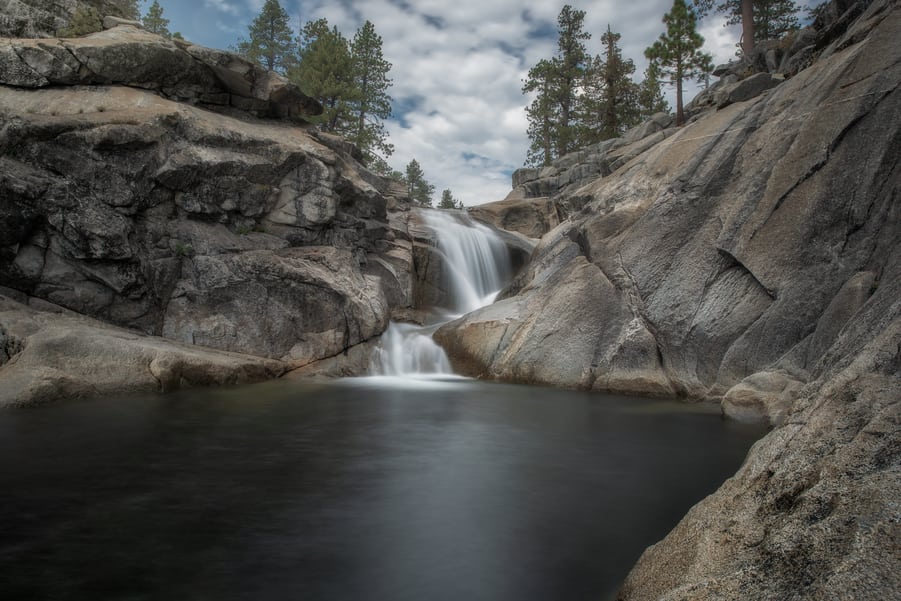
ND 10 stops. filter. f/11, ISO 200, (before shot) 1/250 sec. (after shot) 15 sec.
- Create softened water effect: As in the previous case, we can shoot more minimalist photographs with a 6, 10, or more stops ND filter by softening the presence of the water.
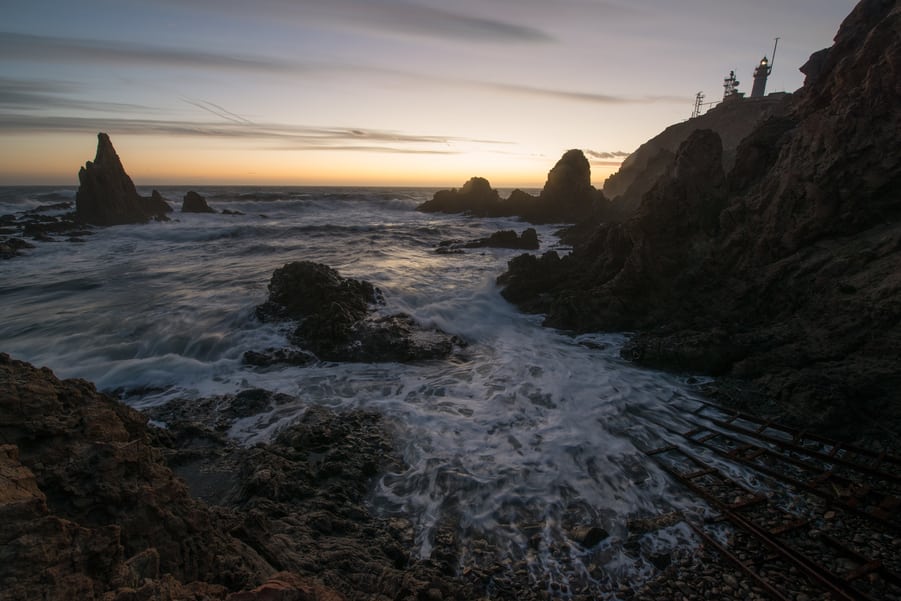
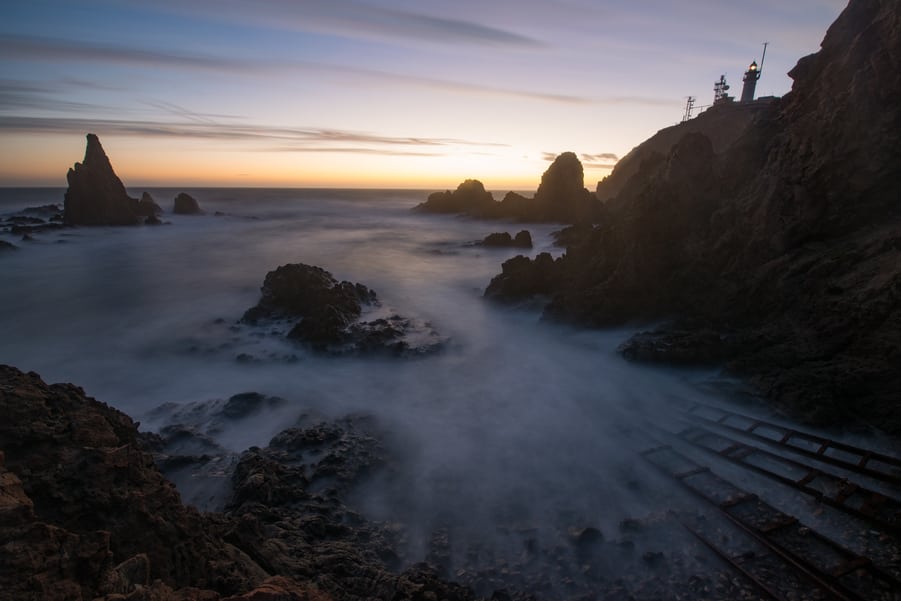
ND 10 stops filter. f/8, ISO 320, before shot 1/4 sec., after shot 30 sec.
- Capture streaking clouds: We can take long exposures photos of moving clouds to achieve a more minimalist effect and enhance our composition in the photograph.
ND 10 stops filter. f/9, ISO 400, 25 sec.
- Reduce reflections in polished surfaces with a polarizing filter: we can use a polarizing filter to reduce undesired reflections in the scene.
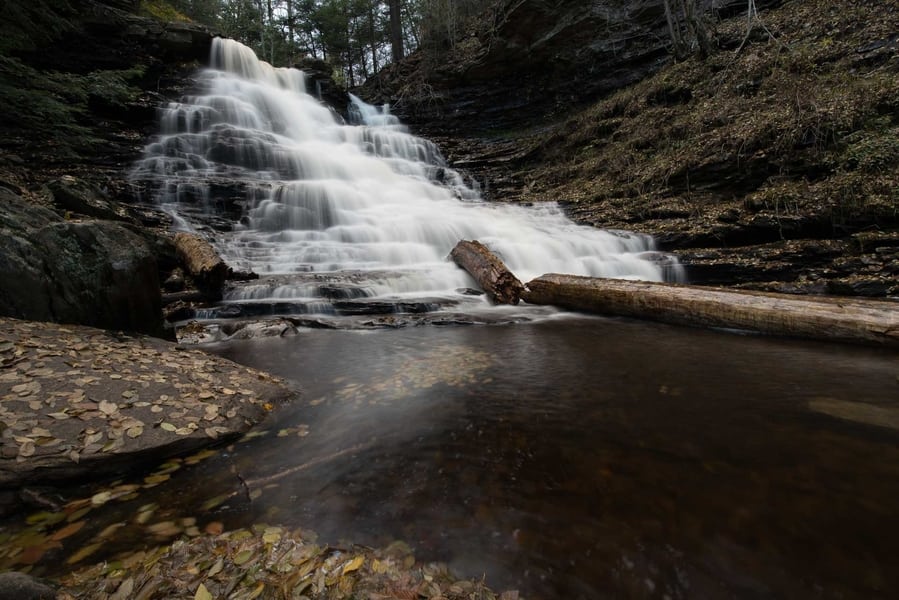
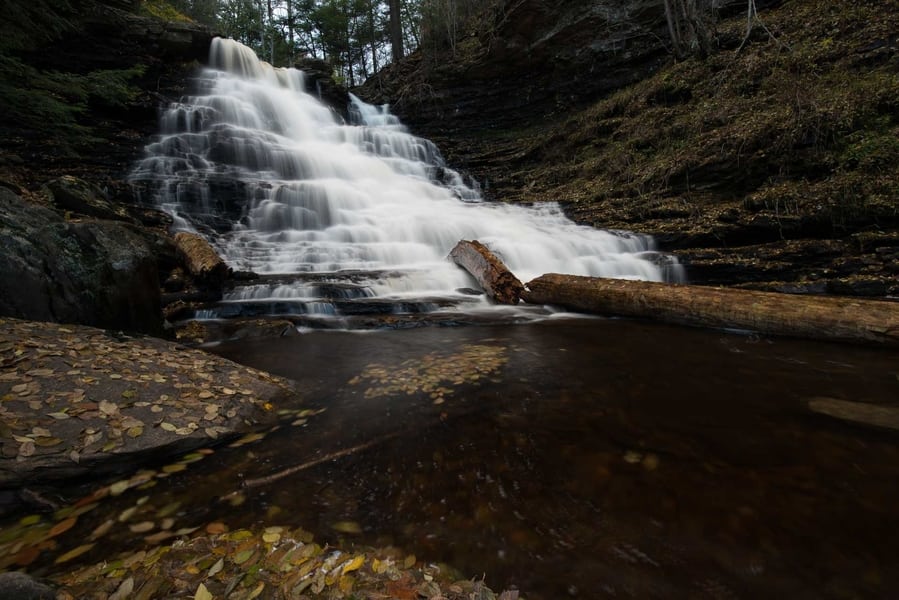
Circular Polarizer filter. f/11, ISO 100, 1,6 sec.
- Remove fog and haze from photographs: Using a polarizing filter, we can also increase the contrast of an image by reducing haze. Although other times our goal could just be the opposite, where we want to capture a more mystic atmosphere.
- Increase saturation of an image: Using a polarizing filter, we can naturally increase the saturation of some elements, such as more popped white clouds over a blue sky.
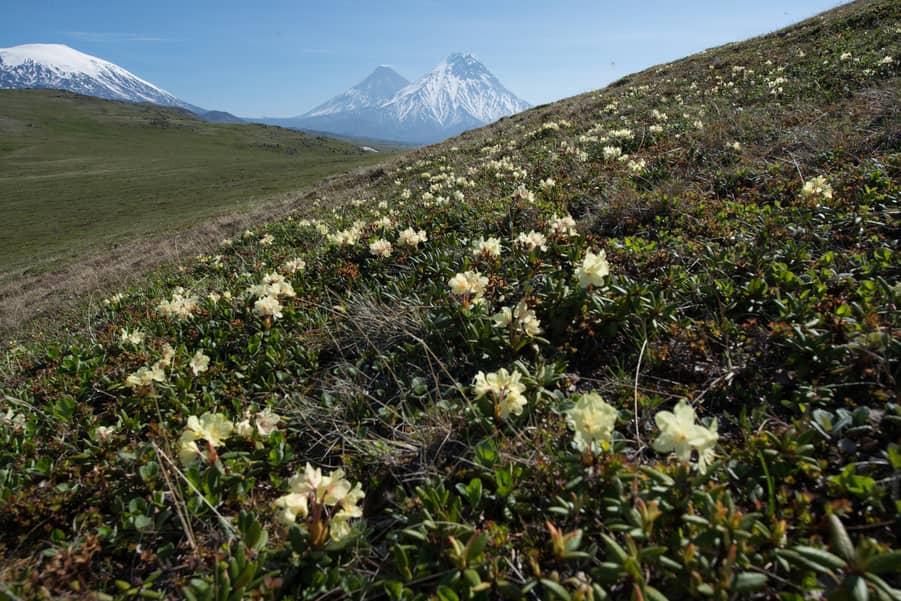
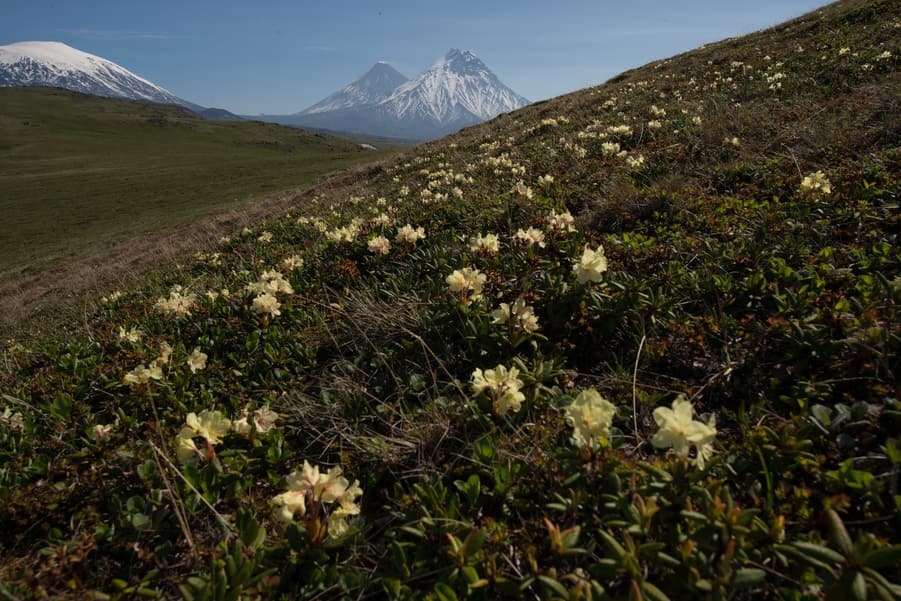
Circular polarizer filter. f/11, ISO 100, 1/200 sec.
- Balance lighting in the scene: With a graduated ND filter, we can balance the light and global exposure in scenes where it is almost impossible to capture all information in one shot. This will save us time during processing by avoiding the use of photo bracketing.
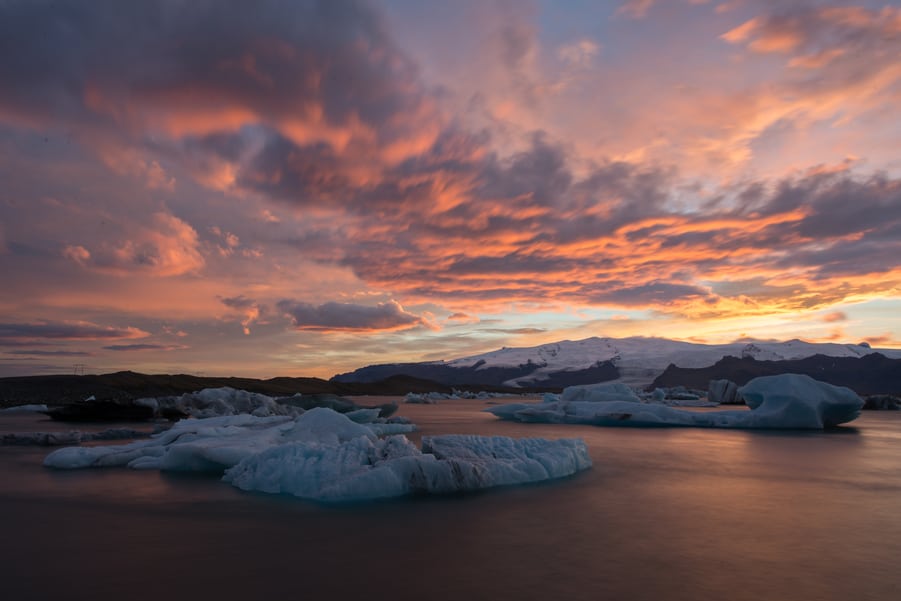
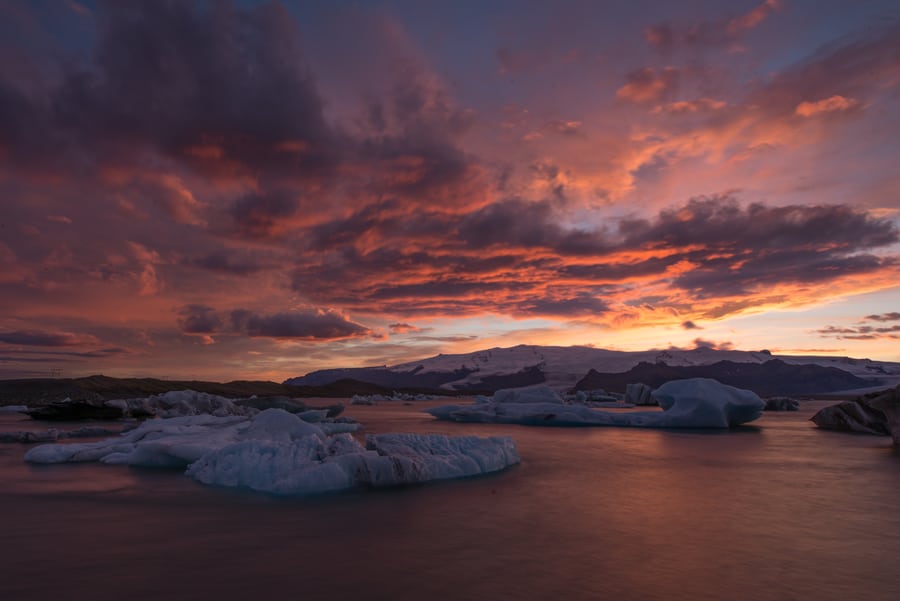
ND 6 stops filter + Graduated ND 3 stops filter. f/16, ISO 100, before shot 15 sec, after shot 8 sec.
- Eliminate people and mobile elements from the image: Another of the more interesting results of using a ND filter is known as “elimination of ghosts.” If we take a long exposure, we can make a location with many people look as though it’s empty. This saves time from having to crop people out later during processing.
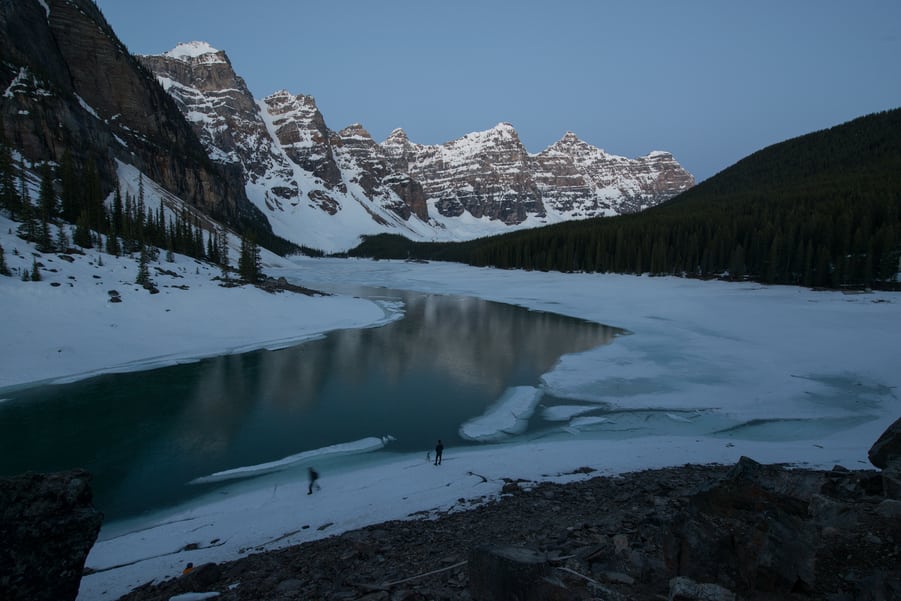
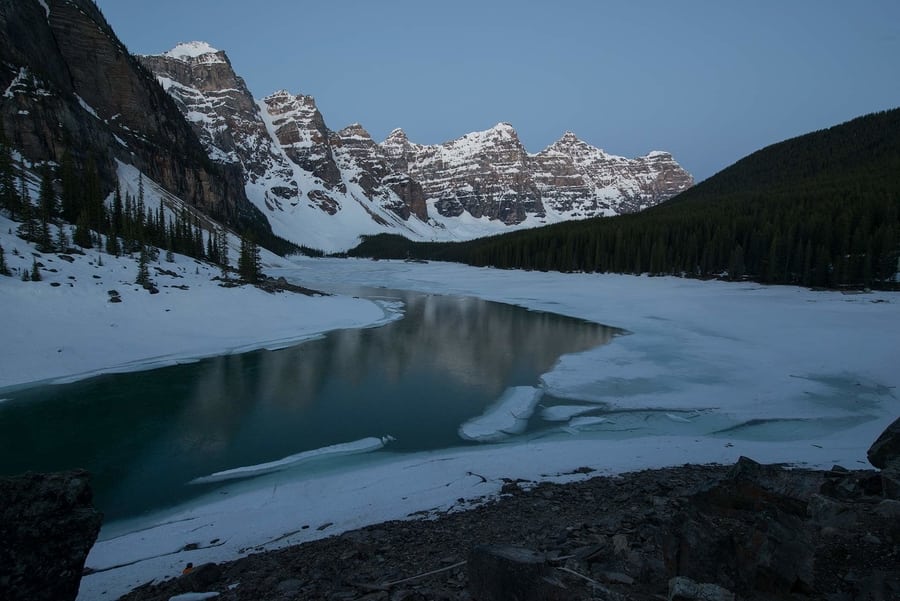
ND 10 stops filter. f/9, ISO 200, before shot 1/3 sec., after shot 20 sec.
BEST PHOTOGRAPHY lens FILTERS IN THE MARKET
At this point you might be wondering, what brand(s) of filters should I buy? Well, the list is long, so we will break down some of the more reputable companies here.
Beware of those colloquially known as cheap “Chinese photo filters” that are usually sold in packs at a low price but deficient in quality.
In this list, you will only find filters that we consider meeting minimum quality requirements, ranging in levels from entry to professional.
BRAND | ORIGIN | FEATURES | TYPE | QUALITY | PRICE |
|---|---|---|---|---|---|
Spain | Innovative filter holder system | Square | High | Medium |
|
China | Pro and NanoPro Series | Square/Circular | Medium↑ | Medium↓ |
|
UK | Lee Big Stopper 10 stops | Square | High | Very High |
|
China | Natural Night | Square/Circular | High | Medium |
|
US | Filter holder for special lenses | Square/Circular | High | Medium |
|
UK | Firecrest filter line | Square/Circular | High | Medium |
|
Germany | Professional filters | Circular | High | Very High |
|
Japan | Historic brand | Circular | Medium | Medium↑ |
|
France | Cokin Creative and Cokin Evo | Square | Medium↑ | Medium↑ |
|
Australia | Top Sellers on Amazon | Circular | Medium↓ | Low |
CAPTURE THE ATLAS OPINION – WHAT IS THE BEST LENS FILTERS BRAND IN THE MARKET?
First, consider your budget and goals before choosing the right photography filters for you. Regardless of what you choose, there are some fundamental characteristics you shouldn’t settle for. Having used different types and brands of filters for years, I always look for the following:
- They do not produce vignette (dark corners).
- They do not leaks light where residual light hits the sensor.
- The color cast produced by the filter is minimal (especially when using several filters at the same time).
- The sharpness of the image is not affected by the use of any filter.
- They do not produce reflections (always look for “coated” or “anti-reflective”).
- They are built with quality materials and have proven durability.
- You don’t have to remove the lens to attach the filter holder / you don’t need to screw the filter holder on the lens.
I opted for Lucroit after testing several brands of both circular and rectangular filter systems. For the last two years, I have been using their filters in different landscapes and meteorological scenarios at very different places: Canadian Rockies, Lofoten, Iceland, American Southwest deserts, Russian Kamchatka volcanoes, etc. In all situations, they have given exceptional results with hardly any inconvenience.
Some of the pros and cons of Lucroit’s systems that I have noticed over time are as follow:
| LUCROIT PHOTOGRAPHY FILTERS | |
| PROS | CONS |
|
|
Finally, regarding price, this is something personal that depends on several factors. If you are just starting to explore the world of filters, it may seem expensive a priori, but if you compare them with other brands in the advanced and professional lines, you will find that the prices are pretty equal.
I started collaborating with Lucroit after two years, and am happy to share that they are offering Capture the Atlas readers a 10% discount on all their products if you purchase using this link.
BEST PHOTOGRAPHY lens FILTERS FOR BEGINNERS
My suggestion is that if you are trying your first steps in photography, have never used filters, and not sure how you will use them in the future, first test borrowed ones or acquire a basic initiation filters kit.
On using circular vs square filters, that is personal and will depend on your preferences.
At first, you may find it easier to use a circular filter system, but in the long run, a rectangular filters system is much more practical. If you are sure that photography is your passion and filters are going to be a significant part of your workflow, don’t hesitate about starting directly with square filters and filter holder system.
Regardless, I recommend a starter kit that offers different filters and filter holders – they typically include basic elements such as different stops ND filters, polarizing filters, and in some cases, even a graduated filter.
Lucroit is offering these starter kits for 23% off via this link.
FILTERS FOR SPECIAL LENSES
There is a number of lenses that require special filters and holders due to their sizes. Wide and ultra-wide angle lenses are common example of such where a glass dome projects out from the lens, making it impossible to use normal filters and filter holders. These types of lenses include:
- Nikon Nikkor 14-24 mm f / 2.8 G ED
- Canon TS-E 17 mm f / 4 L
- Tamron 15-30 mm f / 2.8 SP
- Sigma 14 mm f / 1.8 DG art
- Samyang 14 mm f / 2.8 ED
A few years ago, it was quite difficult to find filters and filter holder systems for these kinds of lenses, and those that existed were archaic, with complex assembly systems (screws), and design misfunctions like light leaking.
Some brands, like Lucroit, began to develop a system to mitigate some of these side effects. In this article, we recommend filters and special filter holders for wide angle and ultra-wide angle lenses.
HOW TO TAKE CARE OF YOUR LENS FILTERS
TRANSPORT OF PHOTOGRAPHY FILTERS
Most quality photography filters are made of glass, a material sensitive to bumps and scratches that requires special care and transport, especially in landscape photography where they will be constantly exposed.
LENS FILTER POUCHES
It is fundamental to store filters in something rigid – most quality brands should include this with your purchase.
PHOTOGRAPHY FILTER HARD PLASTIC CASES
In addition to the pouches, you can add hard plastic cases for extra protection. This should also be included with the higher quality brands.
PHOTOGRAPHY FILTER BAG
Another option is to store several filters in a specially designed slotted bag. Most of these are made of rigid material for safe keeping.
Personally, I keep my filters in semi-rigid pouches that go inside hard plastic cases. While it takes up more space in the backpack, I don’t usually carry every filter I own, only those that I will use for a specific session.
CLEANING lens FILTERS
Cleaning photography filters is fundamental for maintaining the equipment. If we don’t regularly do so, consequences include the following:
- Dirty filters will reduce the sharpness of our images, a side effect difficult to mitigate in processing.
- Not cleaning our filters might result in scratches and ruining of the coating.
photo Filter Cleaning Kit
Same process as cleaning lenses: The first step is to remove the largest particles with an air blower (“pear”), and then wipe away stains with a microfiber cloth.
There are also filter cleaning kits similar to those for lenses. While traveling, pre-moistened wipes will do the trick. However, it is not advisable to use them on a daily basis because their main component is alcohol, where long term use may damage the coating of the lens filter.
CONCLUSIONS
Using filters in photography opens up a world of possibilities that is with no doubt worth exploring. The creative opportunities are endless, and as you have seen in some of the examples, the power and message of our images change drastically.
Choosing one brand or another is not easy – in the end, there is no perfect filter brand, but the one that suits you best for budget and workflow. It is crucial that they offer quality and durability, with minimal to no misfunction that will ruin our images.
I hope this article covered the usage of filters and resolved your doubts about integrating them into your photography work. In addition, I hope you found the breakdowns of the various brands useful.
I want to say goodbye with a little game. Can you guess which of these photos I took using my Lucroit filters and filter holder system?
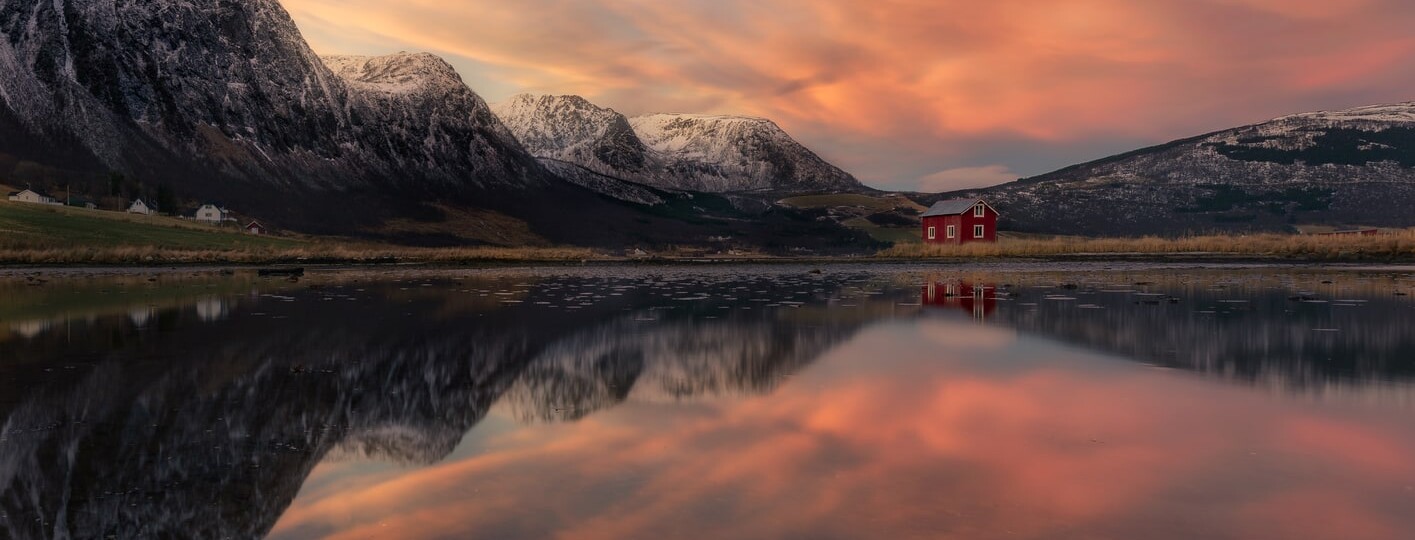
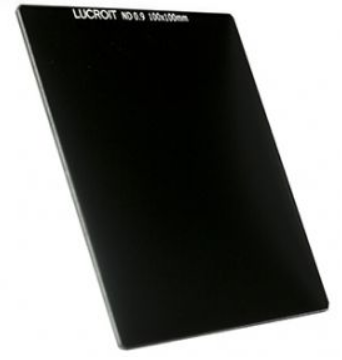
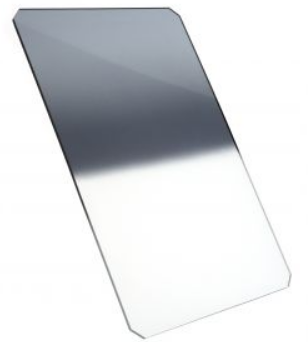


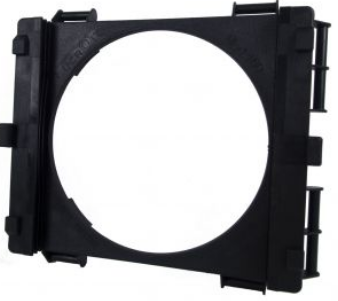
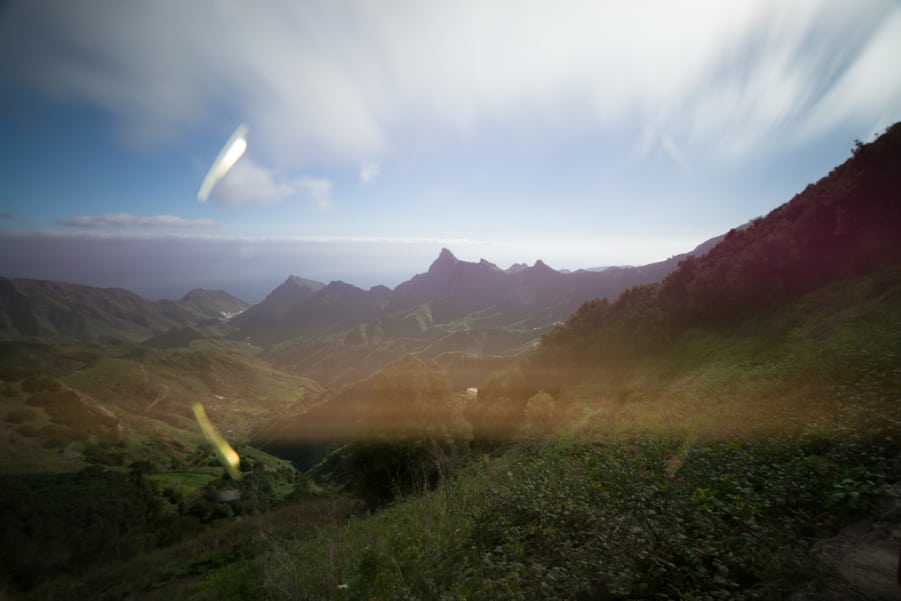
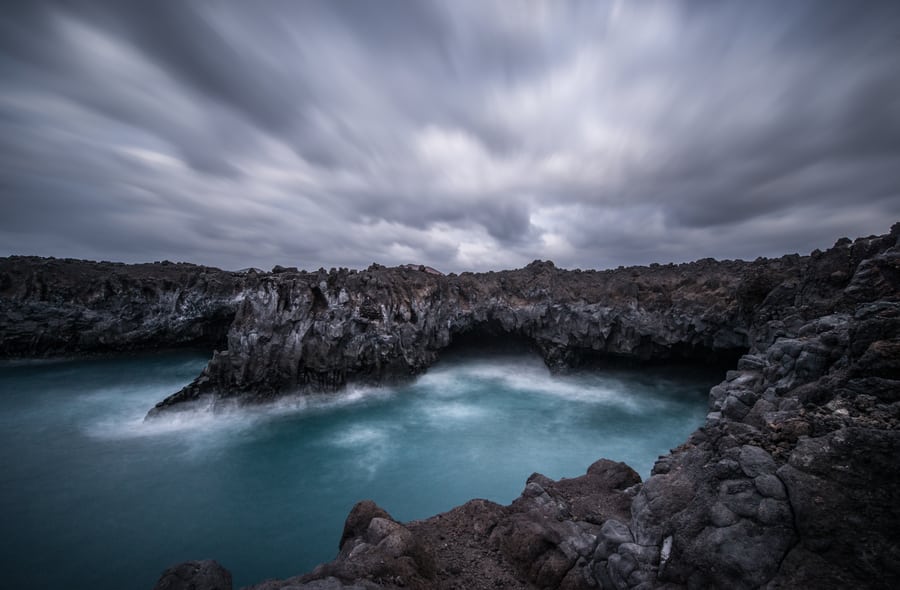


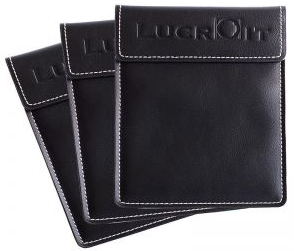
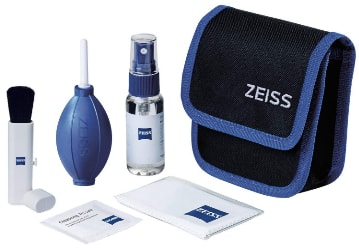

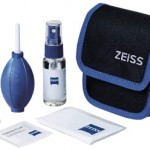
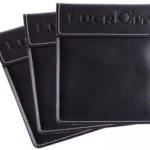
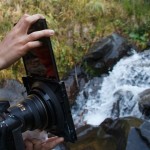

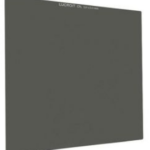
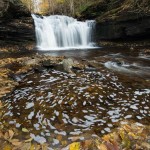

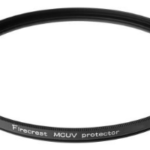

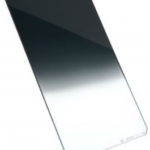

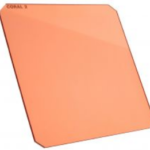
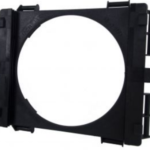
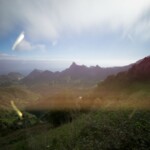
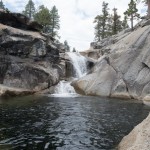
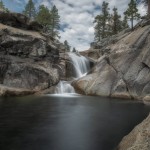
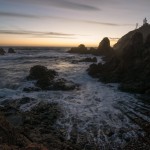
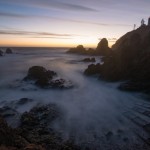
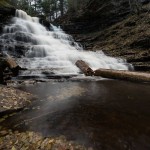

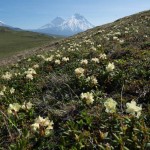
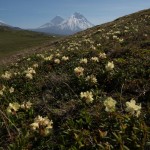
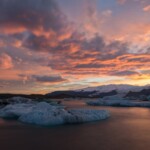



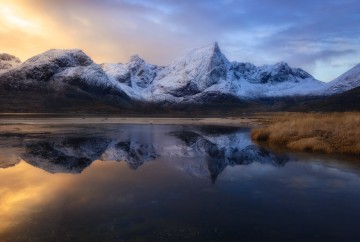
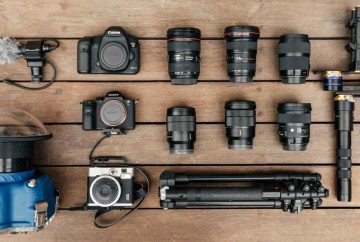
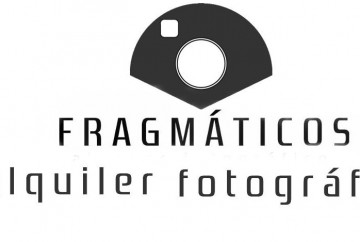







Hi Dan,
I also read your article and found the information useful. Filters are on my list to purchase for my Loften Island adventure with your group this February. A friend’s recommendation had been B and W. I saw where the cost can vary quite a bit depending on the lens size one has. I am wondering if you could comment on using lens rings either up or down. There wasn’t any conversation about light leakage or vignetting.in using them. I do have a budget to consider. I am using a Nikon D500. I have a Nikon 16-80 mm, F2.8-4, Tamron 100-400 and I just acquired a Rokinon 14mm F2.4. I was hoping to use a ring with the Nikon and Tameron lenses. I am still unclear if this aspherical lens has any filters which would cover it. Any suggestions are very welcome.
Thank you.
Carol,
The idea is to get bigger filters and a step down ring to use it in smaller diameters, the other way around is not possible.
In any case, the most important thing is to make sure that the filters can match your most used focal lengths. I don’t worry about my telephoto since I don’t use any filters with it, so it’s mostly for my wide-angle.
Also, consider those ultra wide-angle that require special filters, since you’ll need a special ring adapter and filter holder for them 😉
Please let me know if you have any questions and I’ll be happy to help!
Dan
FYI Dan the links in the article to the Lucroit kits etc no longer work.
Hi Dale,
I’m sorry but this link is already expired. We’ll change it soon, thanks.
Happy shooting,
Dan
Very good article, Dan; and very clear for beginners like me. 🙂
Thank you very much for sharing your experience.
Thanks, Mihai! Happy to see that you found it helpful!!
Dan
I am just getting back into SLR after thirty years. I have forgotten so much. I just got a used Nikon D3200. It came with two lenses. Low shutter count which I am grateful for.
I wanted information on lens filters and this article was awesome.
I am making a book for reference and this is the first to go into it.
I will use your site again
Hi Linda,
Thanks so much for your nice words, I’m happy to see that you found our filters guide useful 😉
The Nikon D3200 was my first DSLR camera and bring me very sweet memories!
Happy shooting,
Dan